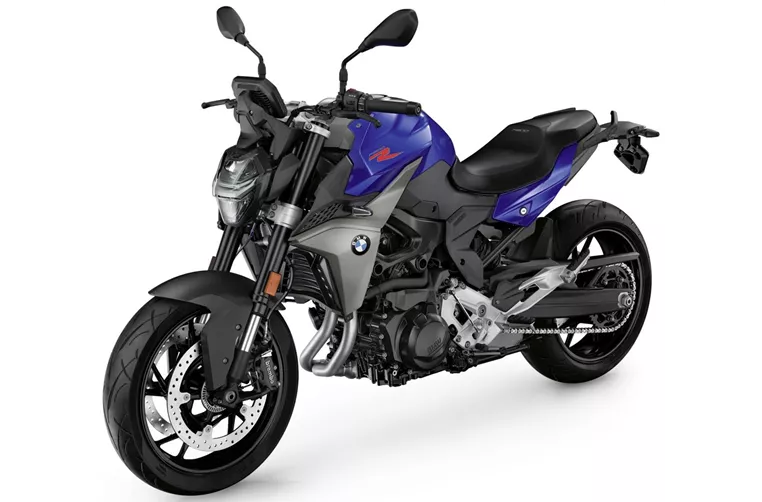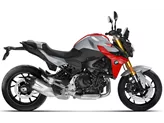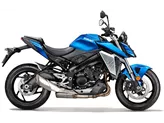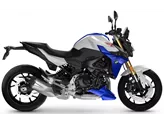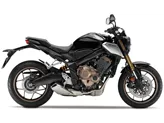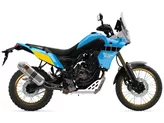Kawasaki Z900 2019 vs. BMW F 900 R 2020

Kawasaki Z900 2019
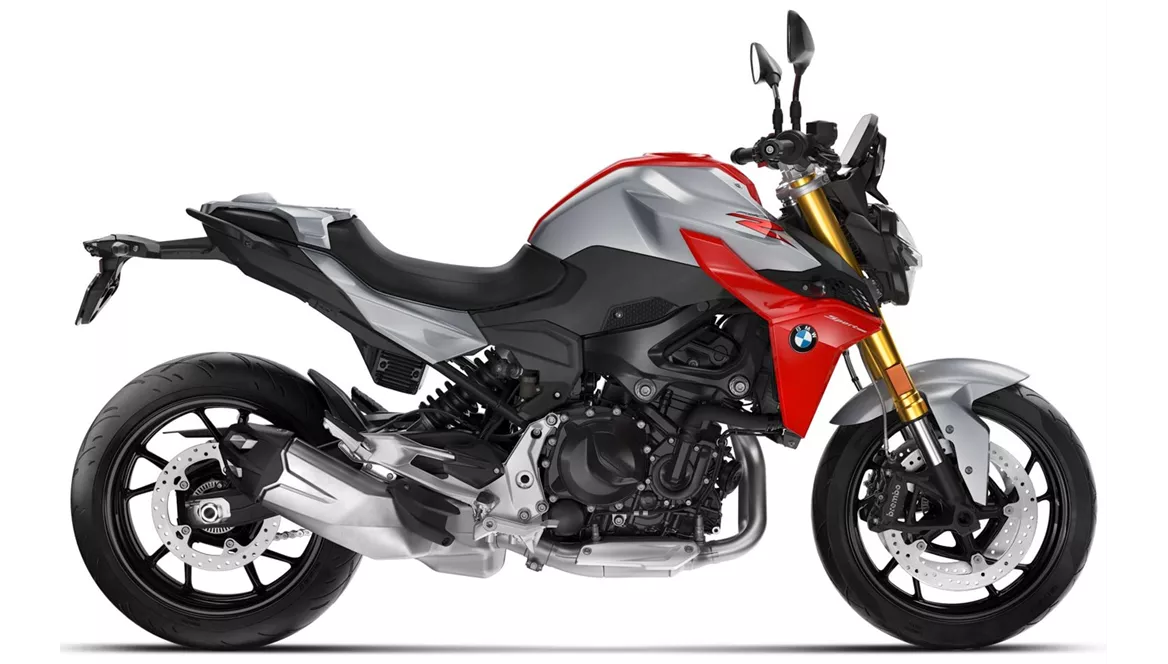
BMW F 900 R 2020
Vue d’ensemble - Kawasaki Z900 2019 vs BMW F 900 R 2020
The Kawasaki Z900 2019 and the BMW F 900 R 2020 are both naked bikes that offer powerful performance and sleek designs. However, there are several key differences between the two models.
In terms of engine specifications, the Kawasaki Z900 2019 is equipped with an inline-four engine that produces 125.4 HP of power and 98.6 Nm of torque. On the other hand, the BMW F 900 R 2020 features an inline-two engine that generates 105 HP of power and 92 Nm of torque. While the Kawasaki Z900 has a larger displacement of 948cc, the BMW F 900 R has a slightly smaller displacement of 895cc. Both bikes have liquid cooling systems to ensure optimal engine performance.
When it comes to suspension, both bikes feature upside-down telescopic forks at the front and swing arms at the rear. The suspension systems on both models can be adjusted for preload and rebound. The chassis of both bikes is made of steel, providing strength and stability on the road. However, the BMW F 900 R has a twin tube frame that also serves as a load-bearing engine, which enhances its overall rigidity.

Kawasaki Z900 2019
In terms of braking systems, both bikes are equipped with double disc brakes at the front. The Kawasaki Z900 has 300mm diameter discs with four-piston calipers, while the BMW F 900 R has slightly larger 320mm diameter discs with four-piston radial calipers. Both bikes feature ABS for enhanced safety and control.
In terms of dimensions and weights, the Kawasaki Z900 has a wheelbase of 1450mm and a seat height of 795mm. It weighs 210kg (with ABS) and has a front tire width of 120mm and a rear tire width of 180mm, both with a diameter of 17 inches. On the other hand, the BMW F 900 R has a longer wheelbase of 1518mm and a slightly higher seat height of 815mm. It weighs 211kg (with ABS) and has the same tire dimensions as the Kawasaki Z900.
Moving on to the strengths of each bike, the Kawasaki Z900 2019 is praised for its light and natural handling, high stability, and silky engine that delivers strong performance from mid revs. It also offers a high level of chassis transparency and great feedback, allowing riders to feel connected to the road. Additionally, the comfortable seating position and fair price make it an attractive option.
On the other hand, the BMW F 900 R 2020 is commended for its easy handling, high stability, and chassis with fine response. The engine is well-behaved and offers a smooth riding experience. The brakes are also highly effective. The bike's seating position strikes a balance between being active and comfortable, and it comes with an extensive list of accessories for customization.
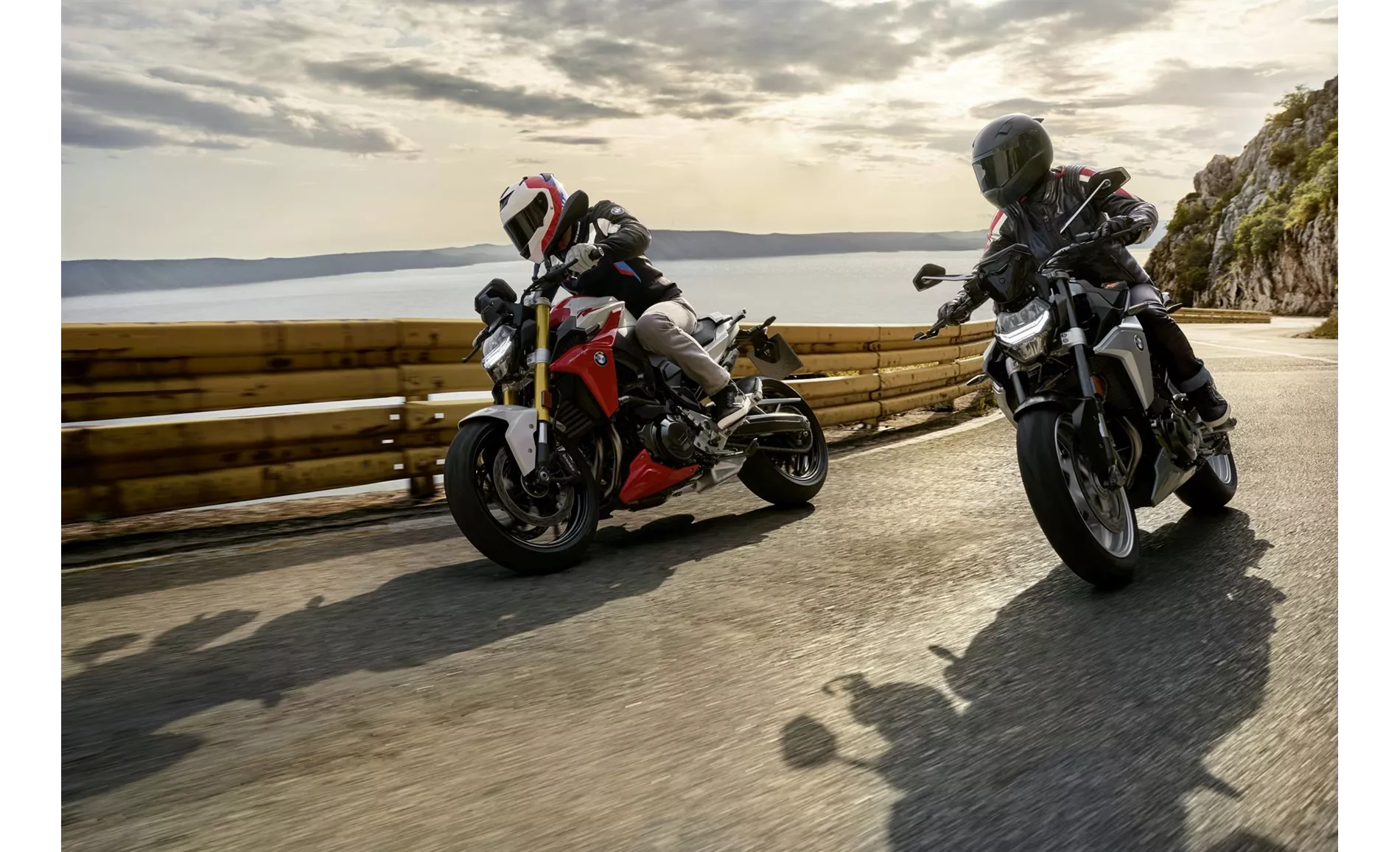
BMW F 900 R 2020
However, both bikes have their weaknesses. The Kawasaki Z900 2019 has a TFT display that is mounted too low, making it less convenient to read while riding. The menu operation can also be cumbersome, and the rearview mirrors offer limited visibility.
The BMW F 900 R 2020 has a smaller fuel tank with a capacity of 13 liters, which may require more frequent refueling on longer rides. However, the engine performance is generally praised.
In conclusion, both the Kawasaki Z900 2019 and the BMW F 900 R 2020 are impressive naked bikes that offer powerful performance and attractive features. The choice between the two ultimately depends on individual preferences and priorities, such as handling, seating position, and available accessories.
Caractéristiques techniques Kawasaki Z900 2019 par rapport à BMW F 900 R 2020
Avantages et inconvénients en comparaison
Avantages et inconvénients en comparaison
Kawasaki Z900 2019

La nouvelle Kawasaki Z900 n'a heureusement rien perdu de son essence avec l'utilisation de l'électronique. Elle est et reste une nakedbike de classe moyenne ludique à utiliser, qui maîtrise en même temps de manière grandiose les allures rapides sur les routes de campagne. Le plaisir de conduire et l'aptitude à l'usage quotidien sont élevés, les aides à la conduite désormais intégrées offrent un plus en matière de sécurité. Vos adversaires auront désormais la vie dure.
BMW F 900 R 2020
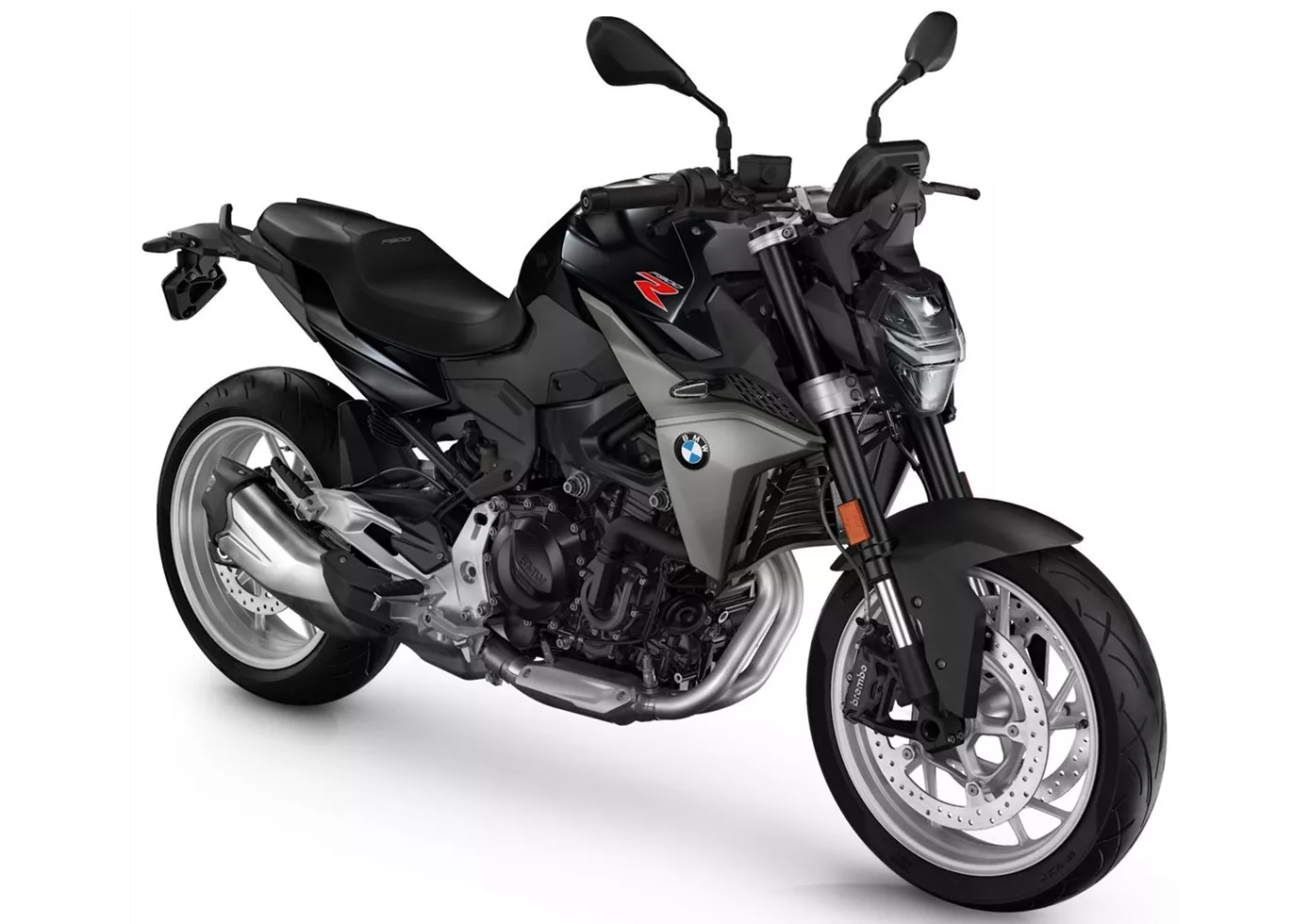
La BMW F 900 R offre un plaisir facile à prendre en virage, une énorme stabilité, une position de conduite active mais confortable et un moteur sans friction mais aussi sans émotion. Si vous aimez la vitesse et les virages, vous serez heureux avec elle. Les possibilités de configuration sont infinies mais ne sont pas gratuites.
Comparaison des prix Prix moyen du marché Kawasaki Z900 vs BMW F 900 R
There are a few key differences between a Kawasaki Z900 2019 and a BMW F 900 R 2020. In terms of price, the actual average prices of both motorbikes are almost the same. A Kawasaki Z900 2019 experiences a loss of 230 USD in one year of ownership. This is offset by a loss of 700 USD for a BMW F 900 R 2020. Compared to BMW F 900 R 2020 there are more Kawasaki Z900 2019 bikes available on the 1000PS.de Marketplace, specifically 40 compared to 14. It takes less time to sell a BMW F 900 R with 82 days compared to 116 days for the Kawasaki Z900. Since model year 2017 1000PS.de editors have written 46 reviews for the Kawasaki Z900 and 24 reviews for the BMW F 900 R since model year 2020. The first review for the Kawasaki Z900 was published on 11/11/2016 and now has more than 93,200 views. This compares to more than 154,700 views for the first review on BMW F 900 R published on 11/5/2019.

